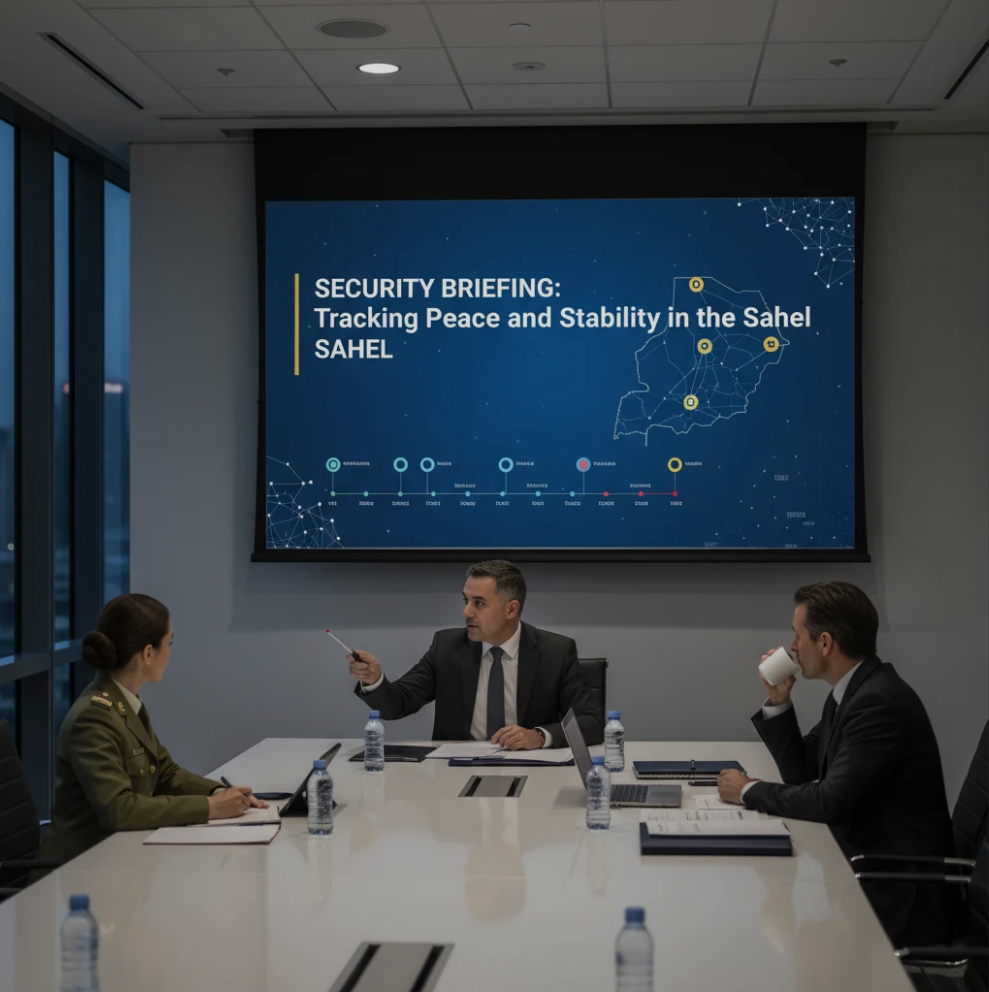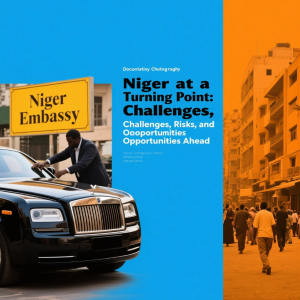The Sahel region, stretching from Senegal to Sudan, remains one of the most complex and volatile areas in the world. In 2025, it continues to grapple with intertwined challenges — from terrorism and political instability to climate stress and humanitarian crises.
This security briefing explores the current state of peace and stability in the Sahel, examining how nations and international partners are responding to restore resilience in the region.
🌍 1. The Sahel at a Glance
The Sahel is a semi-arid belt that spans several nations, including Mali, Niger, Burkina Faso, Chad, and Mauritania. Its geographic position makes it both a bridge and a barrier — connecting North Africa and sub-Saharan Africa.
However, over the past decade, the region has become a flashpoint for armed conflict, insurgencies, and governance challenges.
- Armed groups linked to al-Qaeda and ISIS remain active.
- Military coups in several countries have disrupted fragile democratic processes.
- Climate change has intensified resource competition among local communities.
Despite these difficulties, regional leaders continue to seek pathways toward stability and cooperation.
⚔️ 2. Security Challenges and Armed Movements
The most significant threat to peace and stability in the Sahel comes from non-state armed groups that exploit weak governance and porous borders.
- Insurgent factions continue to operate across the Liptako-Gourma region (where Mali, Niger, and Burkina Faso meet).
- Attacks on civilians and security forces have increased, forcing mass displacement.
- The withdrawal of foreign troops, including France’s Operation Barkhane, has reshaped regional defense dynamics.
Local defense forces and community-based security initiatives are now stepping up to fill the gaps.
🕊️ 3. Political Transitions and Governance Issues
Since 2020, the Sahel has witnessed a series of military takeovers that have altered the political landscape.
- Mali, Burkina Faso, and Niger are now under transitional military governments.
- Regional organizations like ECOWAS have imposed and later eased sanctions in response to shifting political conditions.
- Civil society groups continue to advocate for inclusive dialogue and transparent elections.
Restoring legitimacy and trust between governments and citizens remains crucial for lasting peace.
🌾 4. Humanitarian Impact and Climate Stress
Beyond conflict, environmental degradation and food insecurity continue to strain the Sahel’s fragile ecosystem.
- Nearly 35 million people face food shortages due to drought and displacement.
- Shrinking pasturelands have deepened tensions between farmers and herders.
- Humanitarian organizations are focusing on climate adaptation and livelihood resilience.
Security and sustainability are inseparable — peace will only last if communities can live and thrive safely.
🤝 5. International and Regional Responses
Several frameworks and coalitions are working to stabilize the region:
- The African Union (AU) and ECOWAS coordinate diplomatic and peacekeeping efforts.
- The United Nations Integrated Strategy for the Sahel (UNISS) supports governance and resilience.
- New regional security coalitions, like the Alliance of Sahel States (AES), have emerged to pursue local-driven security agendas.
However, coordination challenges and overlapping mandates often slow down progress. A united regional front remains essential.
🔍 6. The Road Ahead: Building Long-Term Stability
Sustainable peace in the Sahel will require more than military solutions. The path forward lies in integrated, community-centered approaches that tackle the root causes of instability.
Key priorities include:
- Strengthening local governance and public institutions.
- Investing in education, jobs, and youth empowerment.
- Expanding cross-border cooperation to manage shared risks.
- Supporting peace dialogues led by local and traditional leaders.
If these strategies align with international support, the Sahel can move from a zone of fragility to a zone of opportunity.
🕊️ Conclusion: A Region in Search of Lasting Peace
The Sahel’s story is one of resilience amid hardship. While challenges persist, the growing emphasis on regional ownership, inclusive governance, and adaptive solutions offers a path toward sustainable peace.
Tracking peace and stability in the Sahel means understanding that security is not just about controlling territory — it’s about empowering people and building trust across borders.
The journey is complex, but the determination of the Sahel’s people ensures that the pursuit of peace remains unwavering.




